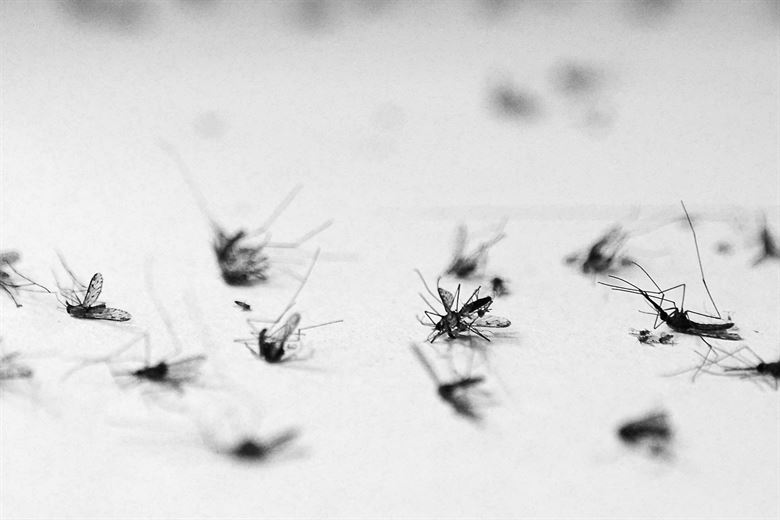
In 2015, a large number of cases of Zika virus (ZIKV) infection were reported in Brazil. Until that moment, ZIKV was not found in the Americas and these cases represent the proof that a new infectious disease caused by a flavivirus has entered our vast continent.
This recent Brazilian outbreak was singular because many women that were infected with ZIKV during pregnancy had children with microcephaly and other congenital malformations. This co-occurrence caused surprise in the biomedical field because there was no previous evidence to consider congenital ZIKV infection as a teratogenic factor. Immediately, several scientific teams tried to confirm or reject this causal relation and found that ZIKV infects neural progenitor cells and causes severe damage in early stages of brain development.
Since the devastating effects of ZIKV during pregnancy were known, most effort has been devoted to understanding the pathogenesis and the specific mechanisms that cause normal development disruption. However, there are still several issues regarding congenital ZIKV infection that are not clear to scientists and health workers. In particular, the incidence of what is now known as congenital ZIKV syndrome (CZS) varies enormously among geographical regions, even among regions where ZIKV is an endemic disease.
The Northeast of Brazil was a hotspot of CZS cases during 2015-2016, while, with some exceptions, in the rest of the country the prevalence was significantly less. Then, an important question to be explored is related to this asymmetric distribution of CZS. In our recent paper, we discussed some potential ways to understand this fact taking into account a wide range of possible explanations (Barbeito-Andrés et al., 2018).
From the molecular virology field, some authors described that ZIKV suffered changes in the genome that differentiate Asian from derived American strains. According to these works, evolutionary variation in the virus could lead to enhanced infectivity and more neurotropic effects. However, there is also evidence of some potential co-factors that could be modulating CZS. We described how genetic background could result in differential responses facing viral infections.
In fact, experimental in vivo research carried out in mice shows that susceptibility to ZIKV and its vertical transmission largely depends on the genetic composition of the used mouse strain. Beyond genetics, there might be some environmental variables to take into account. There is a matching relation between more affected geographical regions and low socio-economic status. In this line, recent research found that previous exposure to other Dengue virus, which is more frequent in areas of poor living conditions, enhances the effect of ZIKV infection.
As well, this asymmetric distribution could be explained by differences in health services. After the population became aware of ZIKV effects on development, in Brazil there was a decline in birth number. One possible explanation is that a large part of women decide to postpone pregnancy to avoid this burden. This possibility largely depends on the access to reproductive health, which is not homogenous along geographical regions and socio-economic sectors. Then, a bias in CZS distribution could be generated as a result of differential access to contraception and even abortion, which is an illegal practice in Brazil and most of the Latin American countries.
In conclusion, ZIKV recent history is an example of how necessary a broad view from an interdisciplinary approach is necessary to answer the relevant question to basic science but also to public health.
These findings are described in the article entitled Why is congenital Zika syndrome asymmetrically distributed among human populations?, recently published in the journal PLOS Biology. This work was conducted by Jimena Barbeito-Andres and Patricia Pestana Garcez from the Federal University of Rio de Janeiro and Lavinia Schuler-Faccini from the Universidade Federal do Rio Grande do Sul.









